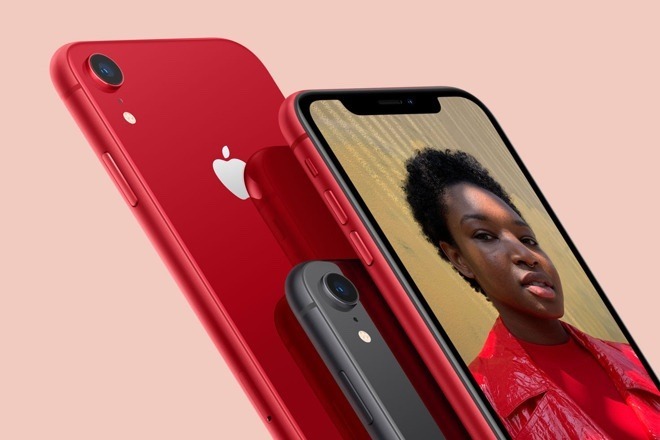Ailing LCD producer Japan Display could potentially start production of OLED panels for smartphones at one of its domestic facilities, the CEO of a consortium helping the manufacturer with a bail out suggests, one that could possibly provide screens for a future iPhone model.
The beleaguered Japanese manufacturer agreed within the last month to an investment of cash from Suwa Investment, a consortium by China's Harvest Tech Investment Management and Hong Kong-based Oasis Management. Under the investment, worth up to 80 billion yen ($752 million), Suwa would become a major shareholder in the company, with Suwa CEO Winston Lee nominated as a director, subject to shareholder approval.
As part of the plan to revive the firm, Lee is anticipating making OLED panels at JDI's Hakusan plant in Ishikawa Prefecture, reports The Japan Times. By converting the LCD facility to OLED, it will allow the company to start supplying OLED panels to the market relatively quickly.
"To build a full OLED production plant in China will take three to four years before the product comes off the line," Lee advised. "To build in Hakusan, it may take only 2 to 2 [and a half]. The cost at Hakusan would be half or less. The market changes rapidly, the Chinese OLED manufacturers will eventually catch up."
Lee added "We don't have three or four years to wait for JDI's OLED to reach the market. Our major customer cannot wait that long." It is likely that Lee is referring to Apple as the "major customer," as the iPhone maker accounts for some 60% of JDI's revenue in the 2018 fiscal year.
Apple assisted JDI in building a $1.5 billion LCD panel factory in 2015, with JDI to contribute to the cost by paying Apple back over time. However, Apple's shift towards OLED panels in the iPhone meant fewer LCD panels were required, putting JDI into the perilous position.
 Malcolm Owen
Malcolm Owen







-m.jpg)






 Marko Zivkovic
Marko Zivkovic
 Christine McKee
Christine McKee
 Andrew Orr
Andrew Orr
 Andrew O'Hara
Andrew O'Hara
 William Gallagher
William Gallagher

 Mike Wuerthele
Mike Wuerthele
 Bon Adamson
Bon Adamson




-m.jpg)



11 Comments
I know I'm beating a dead horse, but can someone please give me an idea why JDI keeps being propped up? If the schedule for their OLED is accurate, they're going to be in the same predicament they were in when Apple transitioned to OLED after bailing out their LCD concern. By the time JDI gets their OLED up to volume production, Apple will probably be ready to transition to microLED. Hopefully the consortium has JDI on a two-prong development strategy. OLED and microLED simultaneously. That would be expensive as all get out so... probably not happening. So I'm back to asking why?
This is fine... We need a cheaper iPhone -- so this iinsures we will continue to have access to the Xr (Soon to be "11") base model instead of being pushed into more expensive "pro" models with OLED screens. For most people, the advantages of OLED are not great enough to pay the cost -- at least until it comes down a good bit.
LOL... You might want to drop by an Apple Store and check the prices on an Xr vs an Xs or XsMax.
I thought you are one of the better informed ones - check the specs of the Xr and then compare them with the Xs you get the answer.